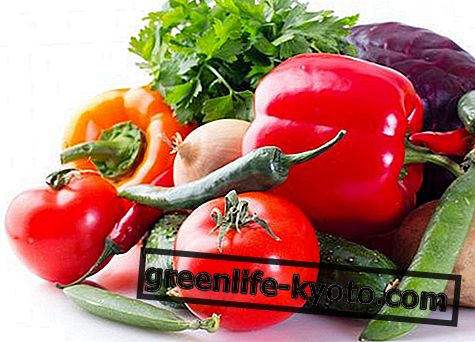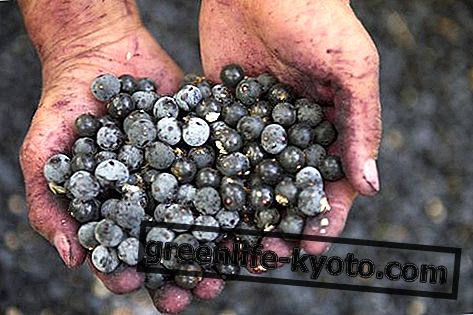
Here we go again. Spring is about to return and with it hay fever : it is estimated that about 30% of the world population suffers from this disorder, in particular boys and children. "Hay fever" is the common definition for " pollen allergic rhinitis ".
The proteins contained in the pollen of some plants are responsible for the disorders: in sensitive subjects, at the first contact they induce the body to produce antibodies .
Only later, when the person comes into contact with these substances again, an allergic reaction is triggered which varies from person to person.
The pollens involved are those of several plants, among which the most widespread are grasses, such as cereals, poplar, ash and birch, so common in our fields and parks. To learn more about "hay fever", let's see symptoms and natural remedies .
Hay fever: the symptoms
Hay fever mainly affects the respiratory tract, nasal mucous membranes and eyes. Often in the periods just before the allergy, the sensitive subjects may present headaches and "abnormal" fatigue .
Nasal congestion, red eyes, frequent sneezing, itching of the nose and eyes, "runny" nose with clear mucosa and excessive tearing are among the main symptoms.
There is difficulty in breathing and seeing clearly, sleep disturbances, excessive tiredness.
In the most severe forms, asthma crises can occur .
The discomforts remain for almost the whole season, causing, among other things, not a little stress.
Hay fever: tips and remedies
The first, trivial advice is to reduce exposure to pollen . That doesn't just mean staying indoors while the sun is out, but it includes little tricks and tricks:
- decrease time away from home, especially on days when there is more pollen;
- just after the return, clean the nose, face and clothing thoroughly to remove any traces of pollen;
- take a shower as soon as you return;
- often wash curtains, carpets, sheets to avoid the accumulation of polines in the house;
- don't walk indoors with shoes, for the same reason.
There are several drugs for the treatment of respiratory allergies, especially antihistamines, which are not without risks and side effects.
Nature offers many " zero-impact " remedies even on the organism, which may be worth experimenting:
- Vitamin C (ascorbic acid): natural antioxidant, protects bones, vessels, mucous membranes and prevents energy losses. It is easily found in citrus fruits, ripe tomatoes, strawberries, lemons, grapefruit, parsley, papaya, kiwi, broccoli, cauliflower, watercress and in green / yellow vegetables. The combination of vitamin C and bioflavonoids present in purple fruits and vegetables serves as a decongestant and natural antihistamine.
- Red peppers and hot peppers : they contain, in addition to high doses of Vitamin C, an important substance called caspicina, which releases the nasal passages and helps reduce nasal congestion . Adding these ingredients to salads also helps with hay fever ;
- Chamomile and mallow : with anti-inflammatory action. Drinking a cup of infusion of chamomile or herbal tea with malva not only helps, but also creates a pleasant moment of relaxation.
- Garlic and onions : increasing their consumption helps to counteract the typical symptoms of hay fever because they contain quercetin, a flavonoid having a strong antiallergic action .
- Omega 3 : increase the production of anti-inflammatory substances, which help to reduce the symptoms of hay fever. We find them mainly in flax seeds, pumpkin seeds and related oils, without "disturbing" the fish and their liver.
From ancient traditional Chinese medicine comes further support against hay fever: acupuncture . The aim of acupuncture is to cure through the use of very fine needles which, placed in precise areas of the body, act on the mental and physical sphere.
Various studies have confirmed that this practice contributes to greatly reducing various allergy symptoms, such as a "plugged" nose and itchy eyes.













